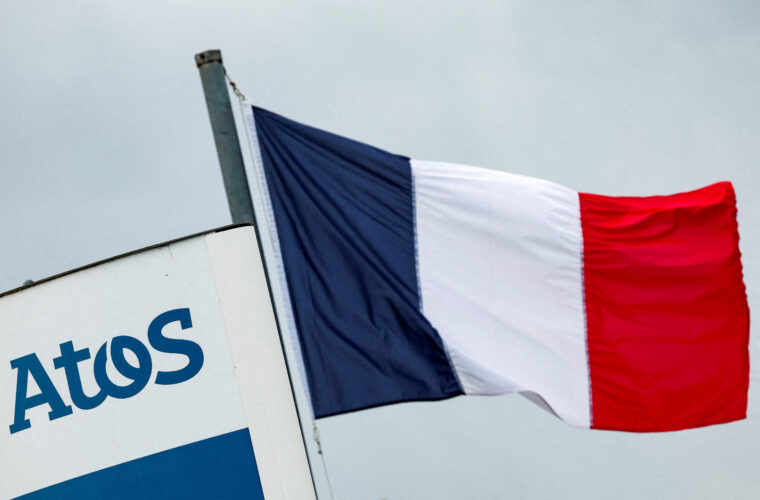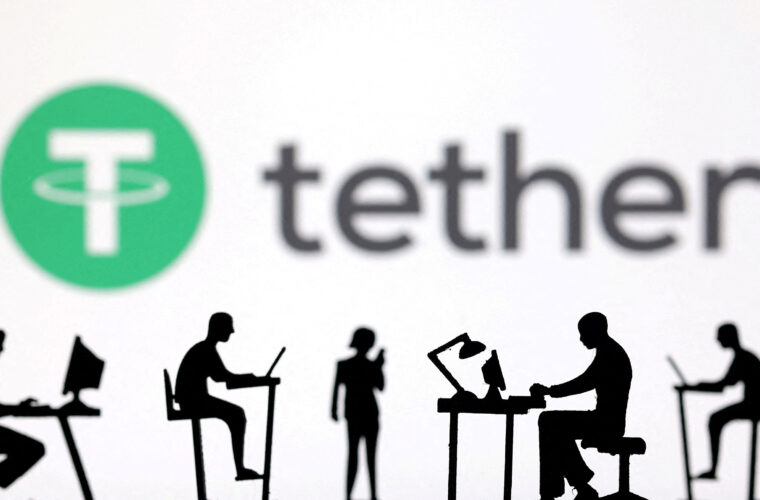When we think of ancient Egyptian temples, our minds often conjure images of grand stone structures weathered by time, with beige and sand-coloured exteriors. However, the reality of these ancient marvels was far more colourful. Thanks to groundbreaking advancements in light projection mapping, we can now glimpse the vibrant polychromatic splendour that once adorned these sacred sites.
Bringing ancient Egyptian templates to life
One of the most striking examples of this technological renaissance is the “Color the Temple” installation at the Metropolitan Museum of Art. This innovative display uses high-tech projection mapping to digitally “reapply” the lost colours and patterns to the Temple of Dendur, a 2,000-year-old structure initially commissioned by Emperor Augustus during Egypt’s Roman period. This temple, once located in Nubia near the Egypt-Sudan border, was relocated to the Met in the 1960s to save it from flooding caused by the construction of the Aswan Dam.
The Temple of Dendur, which was reassembled in the museum’s Sackler Wing in 1978, is a magnificent relic of the past. But while its sandstone walls and carved reliefs are impressive, the “Color the Temple” display transforms it into a living canvas of ancient artistry. Every Friday and Saturday at dusk, a projector bathes a section of the temple’s exterior in vivid light, illuminating the reliefs with what experts believe were their original colours.
This visually stunning experience is the result of meticulous research by a multidisciplinary team, including museum staff, Egyptologists, and new media creators. Led by Matt Felsen, Erin Peters, and Maria Saba, the team spent months analyzing pigment traces, studying similar archaeological sites, and referencing historical records to recreate the authentic colour palette and designs. Their efforts culminated in a breathtaking visual recreation, with the temple’s carved scenes brought to life in brilliant blues, vibrant reds, rich yellows, and earthy tones.
The magic of projection mapping
Projection mapping is not just a light show; it’s a sophisticated method that aligns projected images with the physical contours of the temple’s surface. This intricate technique allows for precise application of colors and patterns, making the reliefs appear as if they were freshly painted. Hieroglyphs and texts seem to pop off the stone, while figures of pharaohs, gods, and goddesses regain their depth and dynamism, a testament to the intricacies of this innovative technology.


For visitors, the experience is nothing short of magical. The illuminated projection not only enhances the visual appeal but also offers a more historically accurate representation of how these temples looked in antiquity. It provides a glimpse into the past, allowing us to imagine the awe that ancient worshippers must have felt when surrounded by such vividly decorated sacred spaces.
A new perspective on ancient art
The “Color the Temple” installation is more than a spectacle; it bridges past and present, merging archaeological evidence with modern technology to offer a fresh perspective on ancient art. While the original pigments have faded over millennia, projection mapping allows us to visualize and appreciate the polychromatic glory that once was.
This digital restoration goes beyond mere aesthetics. It brings to light the intricate artistry and cultural significance embedded in the temple’s decorations. The vivid colours and detailed patterns are not just beautiful; they tell stories of religious beliefs, symbolic meanings, and historical narratives. By illuminating these aspects, “Color the Temple” deepens our understanding and appreciation of ancient Egyptian civilization.


The future of archaeological exhibits
The success of the “Color the Temple” project at the Met has paved the way for similar initiatives worldwide. Museums and cultural institutions are increasingly exploring the potential of projection mapping and other digital technologies to enhance the presentation of ancient artefacts. These technologies offer a dynamic and engaging way to educate the public about history, making ancient cultures more accessible and relatable.
As we continue to uncover the secrets of the past, the fusion of archaeology and technology promises to revolutionize how we experience history. By bringing ancient structures back to life with vibrant colours and interactive displays, we can foster a deeper connection to our shared heritage.
The “Color the Temple” installation at the Metropolitan Museum of Art is a testament to the power of modern technology in reviving the past. Through the innovative use of light projection mapping, the ancient Temple of Dendur is reimagined in its original polychromatic splendour, offering visitors a breathtaking glimpse into the vibrant world of ancient Egypt. This fusion of art, history, and technology enhances our visual experience and enriches our understanding of a civilization that continues to captivate our imagination. As we look to the future, such projects will undoubtedly play a crucial role in preserving and celebrating our cultural heritage, making the past come alive in ways we never thought possible.



